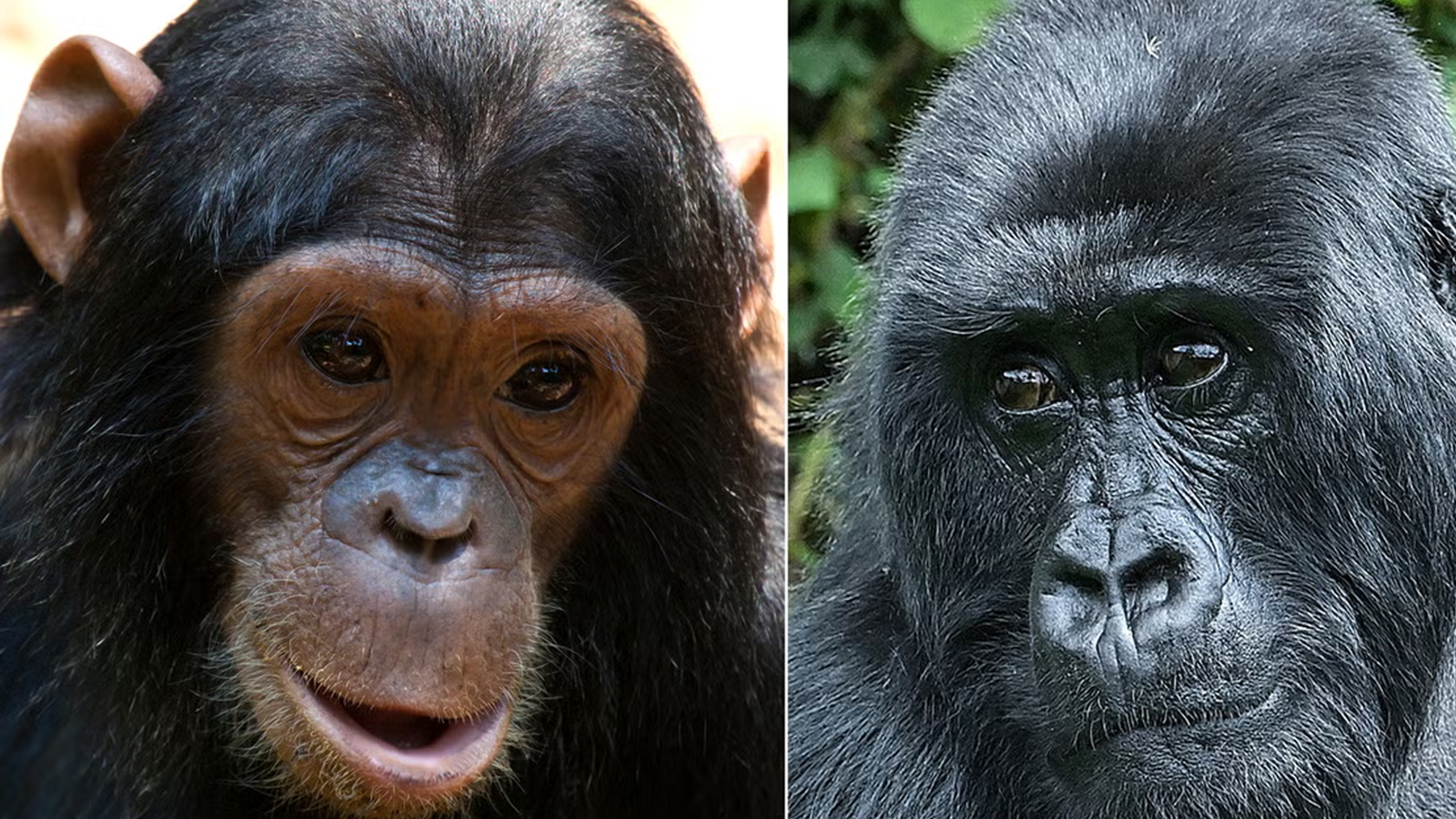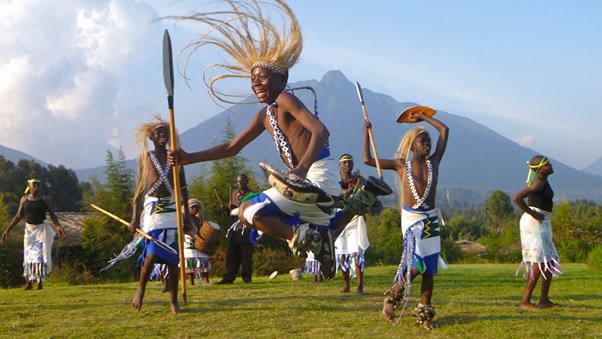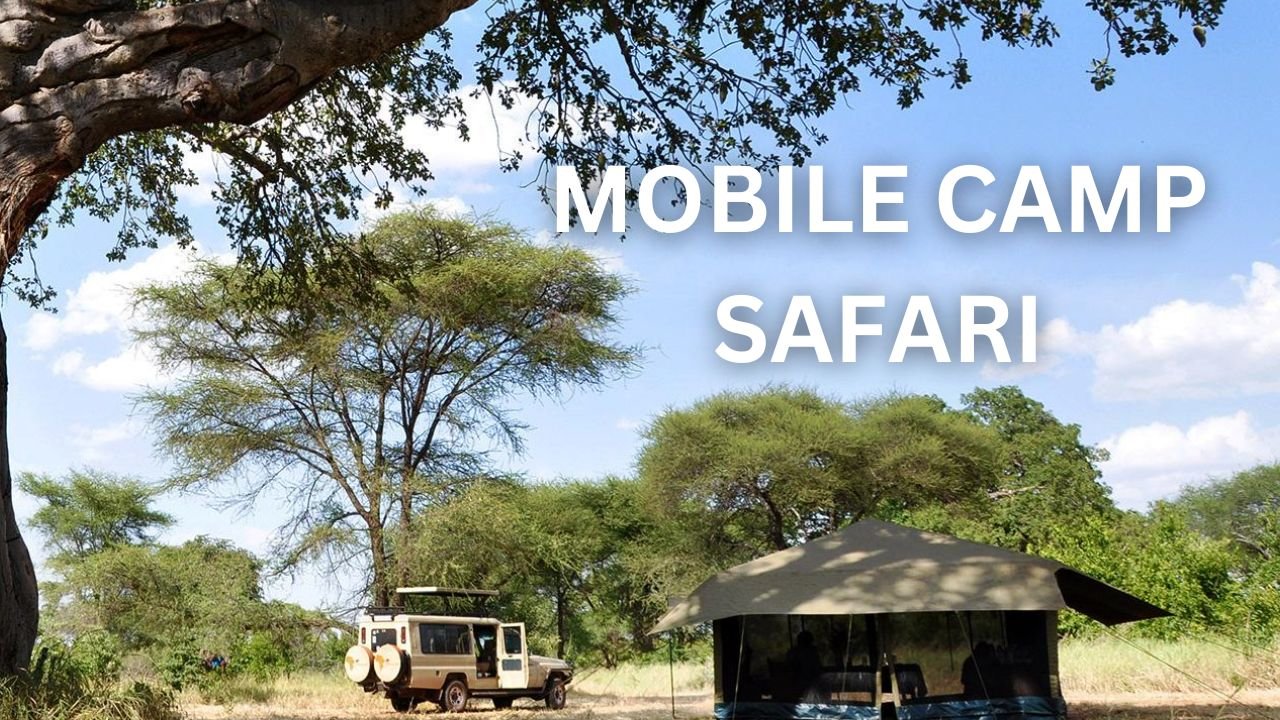Ultimate Guide to Gorilla Trekking in Rwanda and Uganda: An Unforgettable Wildlife Adventure
 Discover the best tips, when to go, and how to get permits for unforgettable gorilla trekking adventures in Rwanda and Uganda. Start planning your once-in-a-lifetime wildlife experience today.
Gorilla trekking is one of the most sought-after wildlife experiences in the world, drawing adventurers to the lush forests of Rwanda and Uganda. This unique journey offers an intimate encounter with one of the planet’s most endangered species—the mountain gorilla.
If you’re planning a gorilla trek, this comprehensive guide covers everything you need to know to make the most of your adventure.
Discover the best tips, when to go, and how to get permits for unforgettable gorilla trekking adventures in Rwanda and Uganda. Start planning your once-in-a-lifetime wildlife experience today.
Gorilla trekking is one of the most sought-after wildlife experiences in the world, drawing adventurers to the lush forests of Rwanda and Uganda. This unique journey offers an intimate encounter with one of the planet’s most endangered species—the mountain gorilla.
If you’re planning a gorilla trek, this comprehensive guide covers everything you need to know to make the most of your adventure.
Why Choose Gorilla Trekking?
Gorilla trekking is not just a safari; it’s an emotional journey that brings you face to face with creatures sharing 98% of our DNA. The experience is both humbling and exhilarating, offering a rare glimpse into the lives of these majestic animals in their natural habitat.Where to Go: Rwanda vs. Uganda
Rwanda
Rwanda’s Volcanoes National Park is the most famous destination for gorilla trekking. The park is home to about one-third of the world’s remaining mountain gorillas. Rwanda offers a high-end trekking experience with well-maintained trails, and the permit system is well-organized. The country’s infrastructure and proximity to Kigali International Airport make it an accessible choice for many travelers.Uganda
Uganda’s Bwindi Impenetrable National Park is another prime location for gorilla trekking, hosting nearly half of the world’s mountain gorilla population. Bwindi is known for its dense forests, which can make trekking more challenging but equally rewarding. Mgahinga Gorilla National Park, though lesser-known, also offers the chance to see gorillas in a more remote and tranquil setting.Best Time to Go
The best time for gorilla trekking in both Rwanda and Uganda is during the dry seasons, which are from June to September and December to February. During these periods, the trails are less muddy, making the trek more manageable. However, gorilla trekking is a year-round activity, and visiting during the rainy season (March to May and October to November) may offer the advantage of fewer crowds and a more personalized experience.How to Get a Gorilla Trekking Permit
Gorilla trekking permits are required for all treks and are typically limited to a small number of visitors per day to protect the gorillas and their habitat. Rwanda: Permits cost $1,500 per person. Uganda: Permits are slightly more affordable at $700 per person for foreign non-residents, $600 for foreign residents, and UGX 250,000 for East African citizens. Permits can be booked through the Rwanda Development Board or the Uganda Wildlife Authority, or through a licensed tour operator.What to Expect During the Trek
Your gorilla trekking experience begins early in the morning with a briefing at the park headquarters. Here, you’ll be divided into small groups and assigned to a guide and trackers. Treks can last anywhere from 1 to 8 hours, depending on the location of the gorillas. Once you find a gorilla family, you’ll have one hour to observe them. This is a magical moment as you watch the gorillas interact, play, and go about their daily lives. Remember to maintain a safe distance, avoid making loud noises, and follow all guidelines provided by your guide.Packing List for Gorilla Trekking.
Packing the right gear is essential for a successful trek. Here are some must-have items: Sturdy Hiking Boots: The terrain can be steep and slippery, so good footwear is crucial. Rain Jacket: The weather in the rainforest is unpredictable, and rain can occur at any time. Long-Sleeved Shirt and Pants: These protect you from insects and thorny plants. Gloves: These can help you grip vegetation for support during the trek. Insect Repellent: To keep mosquitoes and other bugs at bay. Water and Snacks: Trekking can be strenuous, so stay hydrated and energized.Conservation Efforts and Responsible Tourism
Gorilla trekking is a vital part of conservation efforts in both Rwanda and Uganda. The revenue generated from permits supports conservation projects, anti-poaching initiatives, and community development. Tourists play a crucial role in this process by adhering to responsible tourism practices, such as minimizing their impact on the environment and respecting the local culture.Choosing the Right Tour Operator
Selecting a reputable tour operator is key to a successful gorilla trekking experience. Look for operators with positive reviews, knowledgeable guides, and a commitment to sustainability. Many tour operators offer customizable packages that include not only gorilla trekking but also visits to local communities, cultural experiences, and other wildlife safaris.Conclusion: An Experience of a Lifetime
Gorilla trekking in Rwanda and Uganda is more than just a wildlife encounter; it’s a transformative experience that connects you to nature and the importance of conservation. Whether you choose the rolling hills of Rwanda or the dense forests of Uganda, the memories of meeting these incredible creatures will stay with you forever. Embark on this adventure, and you’ll not only witness the beauty of mountain gorillas but also contribute to their preservation for future generationsPackage cost offer includes the following services:
- Exclusive Safari transport in custom made Safari 4x4WD Land Cruiser with AC
- Services of English-speaking driver guides
- Park entrance fees
- Pick-up and drop-off in Kampala
- All park entrance fees
- Bottled water
- Meals included till dinner
- Gorilla Trekking Permits.
- International and Visa entry charges to Uganda.
- All items of personal use i.e. drinks, laundry, telephone calls, gratuities, personal travel insurances etc.
- Activities not listed in the itinerary.


